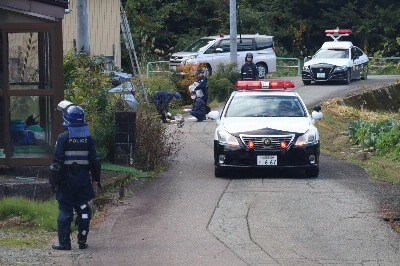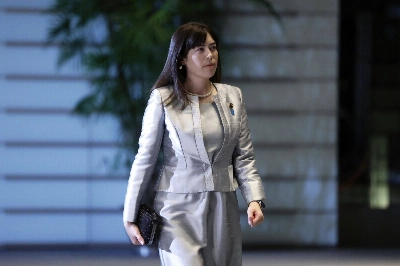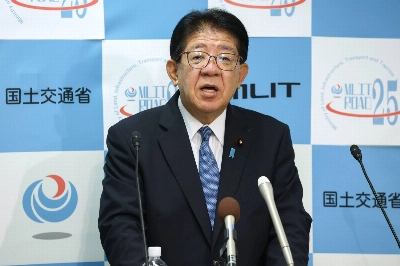This is an important year for the international economy. Most crucial will be its path after the worst slump in decades. That trajectory depends, in large part, on developments in the United States. Initial signs are promising: The U.S. looks poised to recover, but the strength and durability of the recovery are disputed. That means it will be incumbent on other governments -- especially Tokyo -- to do all they can to help the incipient recovery and ensure that they are not a brake on any rebound.
The consensus view of 2002 is optimistic. The macroeconomic environment gives reason for hope. The U.S. Federal Reserve has made an aggressive effort to stimulate the economy. It has cut interest rates to their lowest level since the late 1950s, and more cuts are yet possible. The terrorist attacks of Sept. 11 motivated legislators to pass spending bills for national defense and the reconstruction of New York City. The sluggishness of the U.S. economy and the approach of midterm elections should prompt even more stimulus measures -- perhaps reaching as much as 1 percent of gross domestic product. Finally, the price of oil continues to drop.
Indicators are improving. While the number of unemployed is still expanding -- according to the U.S. Labor Department, the jobless rate rose 1.8 percentage points last year, adding 2.6 million people to the unemployment rolls -- the rate has slowed. December figures show that unemployment reached 5.8 percent, the highest point since April 1995, but the number of people who lost jobs was one-third of that in November. That follows other signs that activity is picking up. Service-sector activity is up for the second straight month, and orders in the industrial sector are climbing. That is also reflected in the employment data, which shows a lengthening of the work week.
















With your current subscription plan you can comment on stories. However, before writing your first comment, please create a display name in the Profile section of your subscriber account page.